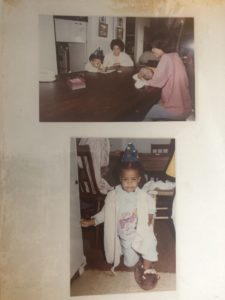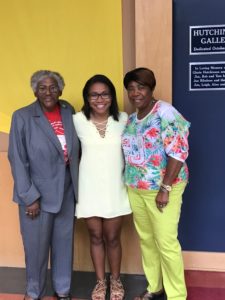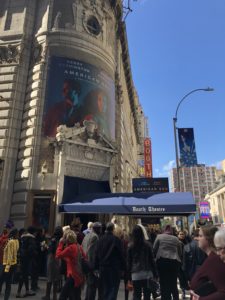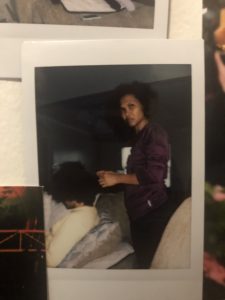Seeing for colored girls was one of the most special theatrical experiences I’ve ever had. I was initially nervous about sitting onstage and engaging so intimately with the material. I think if we’d gone to the show at the beginning of the semester, I probably would not have been able to do it. After this whole semester of getting to know Shange’s work, I feel more comfortable in engaging with these ideas. I have really started to realize the source of my original discomfort. I think there was something about for colored girls that made me feel helpless when I was younger- I felt that Black women’s pain was inevitable- at the hands of society and the government, at the hands of Black men we are supposed to trust.
Throughout the semester I’ve told my mom and some of my friends that it’s so frustrating for me to be taking this class now, just a year after Shange passed. As grateful as I am to have the opportunity to read her work at all, it often feels like I just missed her. I think that night finally showed me that for colored girls came right when I needed it. Being required to read (and finally finish) the choreopoem for this class finally got me to the incredibly important ending- Shange and the colored girls’ declaration that is just as much an imperative – i found god in myself and i loved her / i loved her fiercely.








